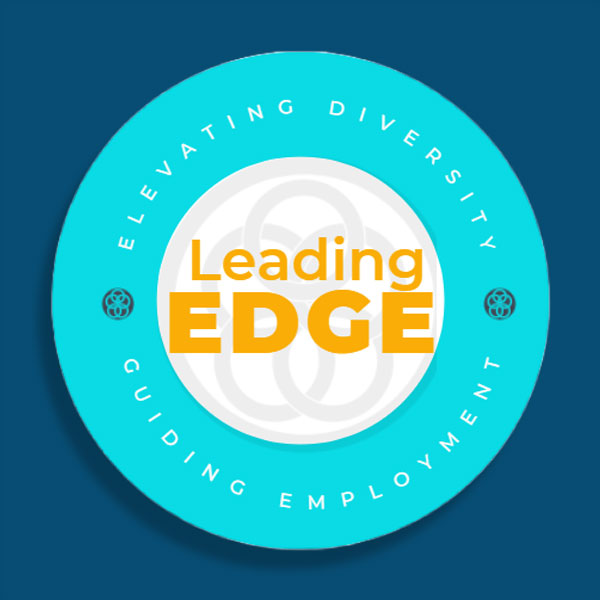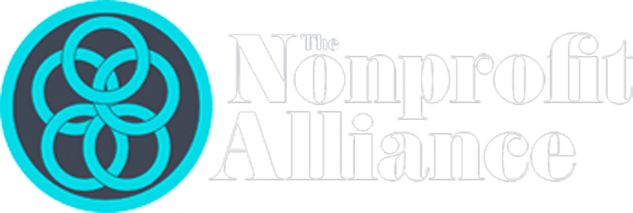From Commitment to Action: Applying an Inclusive Lens to Advancement
Join Kathleen Loehr and The Nonprofit Alliance Foundation for Gender Matters: Growing Women’s Philanthropy, a 2-part workshop in January 2021, sponsored by Aspen Leadership Group.
As fundraisers, we are well practiced in repeating specific actions to raise money successfully each year. These practices work well – we raise billions. As a result, we have reinforcement of our behaviors and keep turning to them. However, what happens when our world changes and our practices no longer fit? How do we cultivate donors in a virtual world? This past spring, hundreds of nonprofits quickly adapted. There are many stories from the past five months of effective virtual events that gained more participation and financial support than in-person connections thanks to innovative and nimble fundraising teams.
The world is also changing swiftly regarding inclusion and the need to value and practice respect for the wide range of human differences, identities, and backgrounds. More fundraising leaders are embracing inclusion and want to train their teams on diversity, equity, and inclusion. However, are we committing to new approaches in our fundraising practices to resonate with historically underrepresented donors?
I apply a gender lens to inclusion in philanthropy. I know that women are 50% of the population in our country, and yet they continue to be historically underrepresented in our portfolios. I can attest that many organizations are not moving from commitment to action as it applies to women. However, some leaders are finding success:
- In its founding year, the Williams College women’s giving society (one-year gift of $100,000 to the Alumni/Parents Fund) led the college to a record-breaking Annual Giving total. Despite stepping back from most active solicitations in mid-March, when the college shut down due to the pandemic, Williams continued virtual conversations around their women’s initiative. Through these conversations, they learned that when times are tough, women show up and dig in to create change and provide aid. Williams women certainly did just that – Collectively, their 35 founding members (which surpassed a participation goal of 20) gave $3.9M to Annual Giving in FY20. This incredible display of generosity and confidence in the institution boosted Williams to a record year for annual, unrestricted gifts – almost $1.5M over goal for the year.
- William & Mary has committed to deeper engagement with identity-based communities including LatinX, LGBTQ+, Black and African descent, and Asian Pacific Islander. They have created an office with four full-time staff members who are focused on this effort and have initiated leadership circles comprised of 25 volunteer leaders for each identity and a “super circle” with representatives from all four identities that explores intersectional opportunities. These circles have continued to meet virtually. William and Mary also focused its annual day of giving on DE&I initiatives and raised over $1.2 million in one day just for those initiatives, half of the giving on that day.
These stories demonstrate the potential of adapting successfully to cultivate donors in a virtual world while also adapting overall fundraising to be more inclusive with women and historically underrepresented donors. Why are other organizations not committing to both important changes at this time?
Swift adaptation to a virtual world of cultivation occurred because there was pressure to adapt – organizations were relying on the budgeted income. In addition, the cultivation practices were already deeply ingrained in fundraisers – they’ve been successfully used year after year. It is easier to adapt a practice one already knows very well than to create new practices.
It is hard to move beyond practices that are deeply ingrained in us.Yet, new skills are required when there are new opportunities and new results we commit to. The philanthropic sector’s growing commitment to inclusion means that we need to develop new skills to achieve it. As Janine Hetherington, Director, Leadership Giving for Williams College shared with me:
Not only is this the ‘right’ thing to do, it is the ONLY thing that makes sense for our bottom lines if we are thinking of the long game! Our audiences are changing rapidly and will soon no longer be predominantly male or white.
Under pressure – and leaders are under great pressure today – it is hard to commit to change. And yet this is the VERY moment to be open to change. Across the country, inclusion is not just being called for but is demanded.
The visual below guides the Aspen Leadership Group’s approach to sustained change. Where are you on this continuum? Are you committed to inclusion but need more awareness of the facts? Are you grappling and assessing what might need to change on your teams? Or are you considering an aspirational focus and specific actions to achieve inclusion?

As you begin or expand your fundraising to be inclusive, recognize you are on a road to transformation. You will keep current practices that resonate for some donors and discover other approaches that are more appropriate for women and historically underrepresented groups. You will keep learning and adapting with intention. As you practice over and over these new skills and approaches as well as teach them to others, you will find that you and your team have transformed. You will have become the team that successfully connects with all donors, in ways that they prefer. You will have ingrained “better practices” for inclusion across all your fundraising, and it is now simply what you do, effectively, year after year. All donors who care about your mission will feel heard and valued.
If you don’t make the commitment and declare the need for new actions and practices, you will not transform in ways that our donors are demanding. What do you choose?
Join Kathleen Loehr and The Nonprofit Alliance Foundation for Gender Matters: Growing Women’s Philanthropy, a 2-part workshop in January 2021, sponsored by Aspen Leadership Group.



